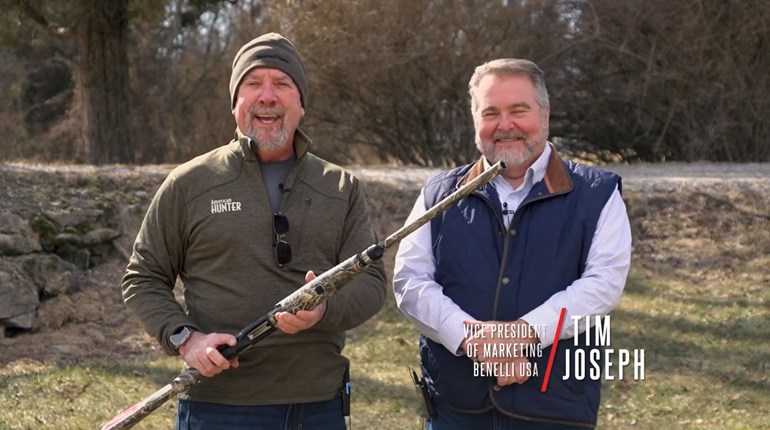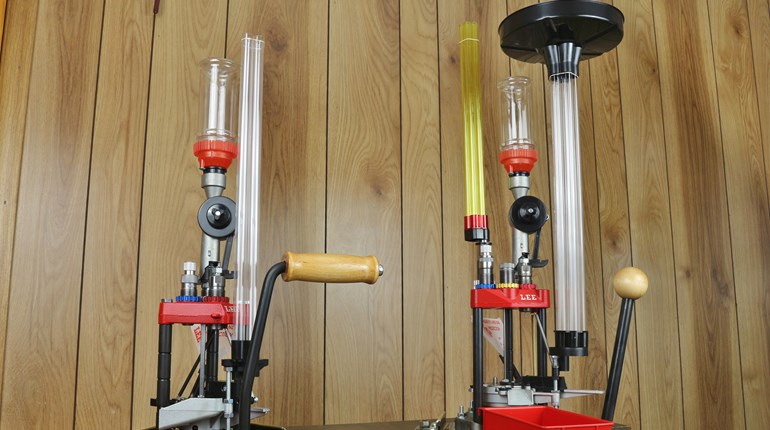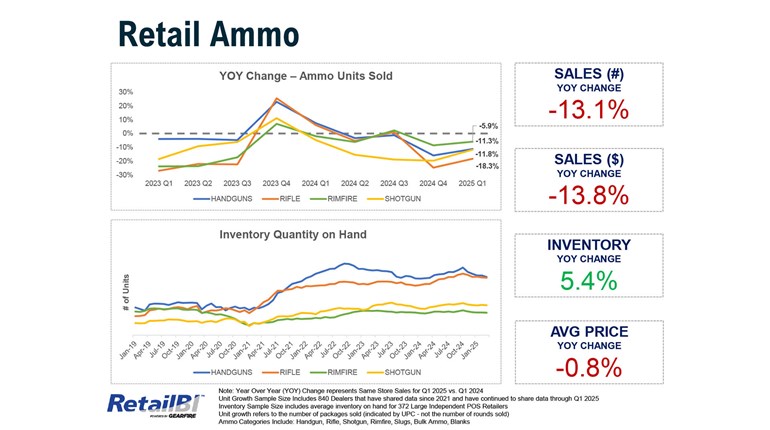
Most of us were taught to hunt by a father, uncle or maybe a best friend. Then we went afield and learned on our feet. And wasn’t that a fun learning curve! Only later did we learn to seek advice from masters, especially when hunting in a new region. We found that local advice speeds up the learning curve, especially when on a do-it-yourself adventure. We came to understand that years of struggling could be skipped with just a few kind words from someone who knows the local game and terrain.
Wild flushes and runners taught us that pheasants know their habitat, that they’d rather run through their secret haven than flush at our feet. As many of us travel to the pheasant-rich Dakotas, Nebraska, Kansas, the open plains of eastern Montana and other public land pheasant destinations once or twice a year from Minneapolis or Chicago or from cities and towns farther east, we found we must quickly figure out these wily birds and their escape tactics. That’s what this article covers. To make this season’s visit to your favorite pheasant destination—whether local or out of state—more successful, here’s the inside advice from four pheasant masters.
Cody Warne, Push Toward the Center
It would take an organized intervention for a kid not to enjoy pheasant hunting with two farm-owning grandparents in the heart of South Dakota’s pheasant belt. Cody Warne couldn’t ignore the upland temptation and today he manages 8,000 acres for wildlife with a major focus on pheasants. Guiding a dozen or more groups of hunters annually since 1996 supplies Warne with ample experiences to tweak his pheasant strategy. For him, two elements create a successful hunt: a silent approach and an inward push to centralize birds. This is hunting, he says. Stop stomping in and shouting chaotically. You should be driving the birds to blockers of course, but you also should be reducing their escape routes by working with the available terrain.
For example, Warne begins by instructing his clients to sneak in silently to where he is sure birds are roosting or feeding. He even controls his dogs so he doesn’t alert birds far ahead. You won’t find Warne hollering nonsensically at his dogs. That is poor training anyway. A few whistles and a possible check from an e-collar are all he does, when hunting.He fully understands the alarm that goes out in pheasant country when handlers blow whistles and scream things at dogs that, if done in a home, would make a neighbor call the police sure in the fact someone was being beaten.
Instead, Warne relies on electronic training collars set on low to give his Labs a “tick” when he wants to redirect their efforts. His pack of yellow Labs stays close and looks to Warne for direction when they feel an electronic pulse. Why Labs? “They’re versatile. I can use them waterfowl hunting and the yellow ones don’t get as hot as black ones, plus yellow is a natural camouflage on the prairie.”
After Warne advises his clients about the importance of a silent approach, he maps out an attack plan. For him it’s all about moving birds inward to a central kill zone.
“I try to be methodical and to create a plan beforehand. From the beginning I know where I want to start and where I want to end. The entire process revolves around launching on the outside with a silent approach and slowly moving the birds inward to a central area, preferably thick cover where pheasants will hold for a final attack.”
To keep the cocks in an orderly retreat to a trap, Warne executes the hunt speedily, yet quietly. He instructs hunters to move to their positions by keeping low and moving fast. He adjusts their positions with hand signals to keep with the silent theme like a general on an 18th century battlefield. The extra effort brings an element of surprise to the majority of the pheasant population.
“I think hunters forget that pheasants are wild animals like deer,” notes Warne. “If they hear your approach or you yelling at dogs, they’ll figure out your location and slip away like deer. You’d never go into the whitetail woods making a lot of noise, so why would you do it when pheasant hunting?”
After two or more pushes Warne moves birds to cover such as a brush-choked windbreak or a dense food plot. Then he positions the bulk of the hunters to block escape routes for an explosive finale of flushing pheasants. Warne doesn’t mind some noise then.
Jeff Moore, Pressure the Edges
Being an avid hunter creates quandaries, especially if you like to hunt more than one species. It means you have to hunt windows of opportunity, and Jeff Moore, a native South Dakotan, looks for open windows every fall. The pheasant veteran squeezes as much pheasant time into the early season to avoid conflicts later when deer season opens. Early-season means nearly unlimited cover, scattered pheasant densities and hot weather.
“You don’t learn a property and the tendencies of the pheasants on it from one hunt,” stresses Moore. “It often takes two, three or more hunts to learn the escape patterns of the birds, the corners of the property they use for refuge and the best strategy for success. My friends and I typically never have enough bodies to effectively hunt many of the large fields we have access to, but with experience we hone our plans for successful hunts.”
Whether he’s hunting public lands for birds or renewing landowner relationships, Moore looks for certain features that early-season birds seek. The Dakotas often experience “Indian Summer” in October and the hot, sunny temperatures alter bird behavior like a childhood timeout alters a misbehaving toddler.
“Where I hunt in central South Dakota it’s often arid in the fall, and pheasants definitely need water to survive. That’s the first thing I look for when I’m scouting, and I follow that up with the hunt for shade,” says Moore.
Small reservoirs, muddy creeks, wetlands and even runoff from livestock water tanks provide pheasants with daily moisture. As for shade Moore inventories everything from pioneer-planted windbreaks to overgrown fields of kocha, also referred to as “fireweed.” When fall temperatures rise pheasants will be in close proximity to these elements.
Hunting in small groups requires good dog work and, like most Dakota hunters, Moore’s trusty Labrador leads the way. Moore is fond of Labradors for their resourcefulness and, as he says, “They are rough and tough, and not always taking a trip to the vet.”
He also embraces Labradors because they make great family pets and 90 percent of the time his dog is a family pet before a hunting dog. Even so, he keeps his dog tuned with as much field time as possible. And although Moore hunts wild pheasants during the traditional season, he keeps a membership at a hunting club to extend his dog’s training and conditioning. Between the two his dog gets nearly six months of field time annually, and that’s important when you subject your dog to early-season hunting extremes.
After Moore pinpoints bird densities based on water and cover he doesn’t race into the thick cover and stay there. He knows pheasants are runners and although they’ll hunker down in cover and flush at your feet, more often than not they’ll stampede to an edge. It’s the edges where Moore looks for the most action because pheasants will hold there until forced to fly.
“Pheasants are masters at finding escape routes,” declares Moore. “They’ll run first every time before they fly. They’re looking for a safe spot, oftentimes it’s an edge where they hold waiting for you to walk by. Edges also give them another option: a place to launch a flying getaway. You almost have to step on them. That’s why we always have someone working every edge. If you don’t pressure edges you may never see the majority of birds in a field.”
Chris Hipple, Break It Down
Chris Hipple’s passion for hunting ringnecks stemmed from childhood days of tottering behind his father in the field before he could legally hunt. When he and his friends could finally hunt on their own, no public property was left unexplored. Three decades later he’s already introduced his own kids to the rush of pheasant hunting.
Now on his fifth Labrador, it’s obvious he likes the dual versatility of Labs for upland and waterfowl hunting. But he’s recently been hunting with the owner of a German shorthair and sees the value in the pointing breeds for tight-sitting pheasants.
“Regardless of the breed, you need a dog that listens to you and that doesn’t run ahead flushing pheasants,” explains Hipple. “You want birds to flush at 20 yards, not 120 yards. Making noise and whistling at dogs is old school. When I’m hunting public lands with my dog it’s all about how quiet you can be and trusting in your dog.”
Hipple expects his Lab to listen, but he doesn’t ignore its olfactory attributes. If a dog takes a different line than you wish, it’s likely leading you to an escaping pheasant, so he advises to give your dog some freelance latitude when hunting pressured ringnecks on public land.
With public land as his mainstay, Hipple incorporates a less is best philosophy when researching new hunting areas. Instead of rushing to large-acre locations he seeks smaller properties. He uses aerial photos and topographical maps to locate hidden water and brushy areas that may be overlooked.
“My basic philosophy of hunting is to break it down. I look for small spots since large properties usually receive more hunting pressure,” says Hipple. “I don’t go to a property looking for a limit, but instead have a goal of getting at least one rooster every three visits at a certain location.”
After locking into a location he scouts it for bird oasis zones such as wetlands, depressions, brushy windbreaks or clumps of brush. He then works toward those areas knowing they’ll attract pheasants either naturally or from his advance. When he hunts with two to three partners his strategy is slow and toward thicker cover hoping birds will mass there.
“States like South Dakota have great pheasant populations. You can literally flush 50 to 100 birds in a walk, but the majority flush wildly. You need to forget the flyers and focus on the sitters,” Hipple strategizes. “Slow it down and look for the ones sitting it out hoping to get out the back way. If the cover is thick you can’t go too slow.”
When Hipple finds himself alone he employs paranoia to make birds flush in dense, public-land cover. Instead of a slow approach he rushes toward the middle of a plot and suddenly stops in silence. He’ll stand there for five to 10 minutes, and this noise combined with sudden silence eventually wracks the nerves of hiding pheasants. They frequently flush at his feet in fear.
Last season Hipple and a pal hunted a public property late on opening weekend. It was obvious he was following other hunters, but he worked toward the thickest cover, a cedar-lined tree row, and even got on his hands and knees beside the dog to crawl through the nasty cover. When they exited into the grass on the other end they were greeted with not one, but two flushing roosters that were evicted from their public housing.
Steve Halverson, Pheasant Roundup
Have you ever been told not to shoot on a pheasant hunt? You will if you join Steve Halverson, who operates Halverson Hunts south of Kennebec, South Dakota. Like many Dakota kids, Halverson grew up following his father through the corn and sorghum fields of their farm and those of nearby friends. Armies of hunters marching in straight lines were the basis of these hunts, and one thing stood out for Halverson: It seemed extremely inefficient. Dozens of birds would escape out the sides before the hunters reached the field-end blockers. By the time Halverson started outfitting in 1985 he knew there had to be a better way.
Today Halverson has tailored his strategies to take advantage of a pheasant’s natural escape instincts. He’s also replaced his kennel of flushing Labradors with pointing Labs and believes they offer the best qualities for an all-around hunting dog. They flush, they retrieve and they point in the ultra-thick canopy of cattail sloughs and millet grain fields.
“Birds characteristically hold well after a fresh snow and that’s when pointing Labs shine,” explains Halverson. “Hunters get an added adrenaline rush when they see the dog lock up and quivering. They know a bird is sitting right under the dog’s nose. I never tire of watching those flushes play out.”
As Halverson’s clientele grew he saw a need to corral more pheasants during each push through a field. In the early season Halverson adapted a style that was fluid. Hunters would line up at the beginning of a field and move toward blockers, but the outside hunters would progressively move forward creating an effective blockade against pheasants escaping from the sides.
“If we have 15 guys we’ll only have three pushing the thick cover, but hunters will also barricade the sides and block the end,” says Halverson. “The hunters on the side slide down and pinch gaps smaller and smaller until the field is basically surrounded. Safety is a priority and we instruct everyone that you only shoot if a pheasant is at 11 o’clock high in the sky or outside the circle. Nobody shoots low.”
It’s Halverson’s late-season hunt that drives hunters crazy with the “no-shooting” order, especially when they see the display of birds erupting from the fields. To play upon a pheasant’s instinctive nature to escape to heavy cover Halverson plants his food plots approximately a quarter-mile from heavy, cedar-choked shelterbelts. Before the hunt Halverson incorporates a white board to illustrate the strategy and position of every hunter. Again, safety is a factor since hunters will essentially be surrounding cover.
“When we hit the field we’re actually loading and then unloading a targeted shelterbelt,” Halverson expounds. “We start by circling a specific shelterbelt from a quarter- to a half-mile away and then move quickly toward it pushing through food plots. That’s the loading part. I instruct everyone to hold off on shooting and just let the birds escape naturally to the trees.
When everyone is in position surrounding the trees I give the signal and the shooting starts.”
Typically the unloading portion of the hunt is over in five minutes in a fast and furious wave after wave of pheasants. Any gap in the line of hunters is detected immediately by flushing birds so the hunters have to be evenly spaced. Limits are common and the sight of birds darkening the sky is something every upland hunter should witness at least once in his life.




































